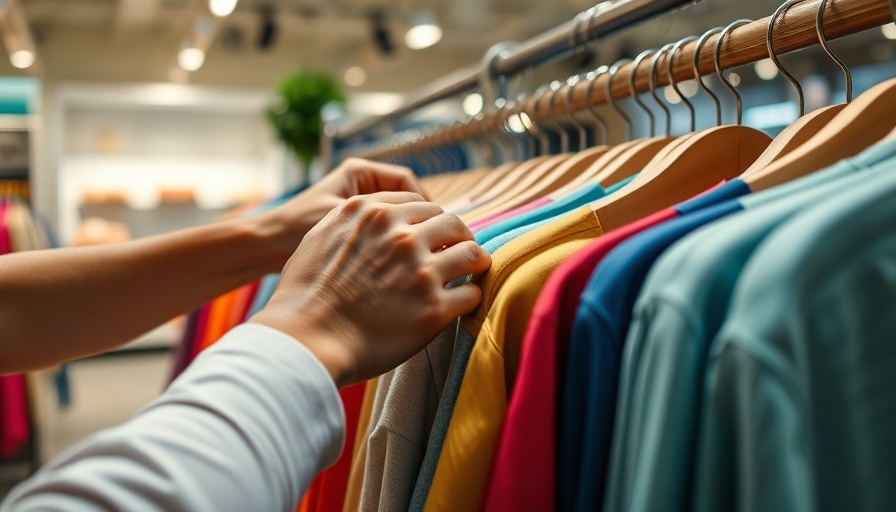
The Growing Challenge of Textile Waste
Textile waste is a significant environmental issue that has surged over recent decades. Fabrics, which make up the sixth most prevalent household waste category, have seen an alarming rise in how much gets discarded. According to data, textiles account for 5.8% of municipal solid waste, yet only a fraction—14.7%—of that fabric waste is recycled. With the emergence of fast fashion and the culture of disposability, the U.S. saw textile waste numbers soar by over 50% between 2000 and 2018. This contributes not just to overflowing landfills, but also environmental degradation due to the significant release of microplastics from synthetic fibers.
Good Strategies for Reducing Waste
Reducing textile waste begins with smart shopping habits. Precycling—meaning purchase decisions made thoughtfully—can greatly impact the overall volume of textiles discarded. Choosing quality over quantity and opting for secondhand items whenever practical is a crucial step in the right direction. For clothes already owned, learning basic repair skills and undertaking proper care can extend the lifespan of garments. Items that are no longer in use can also find new life and purpose through donations or clothing swaps, promoting a cycle of use rather than disposal.
Better Initiatives: Retail Engagement
Expanded recycling programs initiated by various retailers offer another layer of solutions to textile waste. These initiatives often focus on the remanufacturing of worn clothing materials or repurposing textiles into new products. Brands are becoming increasingly accountable for their end products, establishing take-back programs to reclaim used items. This not only minimizes waste but also fosters a culture of sustainable consumption where customers feel engaged in the solution.
The Best Practices for Long-term Impact
On the cutting edge of textile sustainability are innovative practices that aim to revolutionize how we view fabric consumption. Fashion rental services, such as Rent the Runway, allow consumers to enjoy new styles for special occasions without adding to their wardrobes. This model is gaining traction among eco-conscious shoppers who prefer to minimize their textile footprint. Additionally, investments in research for biodegradable materials could equate to a significant reduction in environmental impact as these materials are designed to decompose naturally.
Join the Movement Towards Sustainable Fashion
The issue of textile waste is multifaceted, involving consumers, manufacturers, and retailers alike. As awareness grows, each of us can contribute to a solution, significantly curbing the negative effects of the textile industry on the environment. Whether through informed purchasing, participating in textile recycling, or advocating for better practices within the industry, our collective efforts can lead to meaningful change.
It’s not just about reducing waste; it’s about transforming our relationship with textiles. The choices we make can pave the path toward a sustainable future for our planet, enhancing not only our wardrobes but our responsibility toward the environment as a whole.
 Add Row
Add Row  Add
Add 




Write A Comment